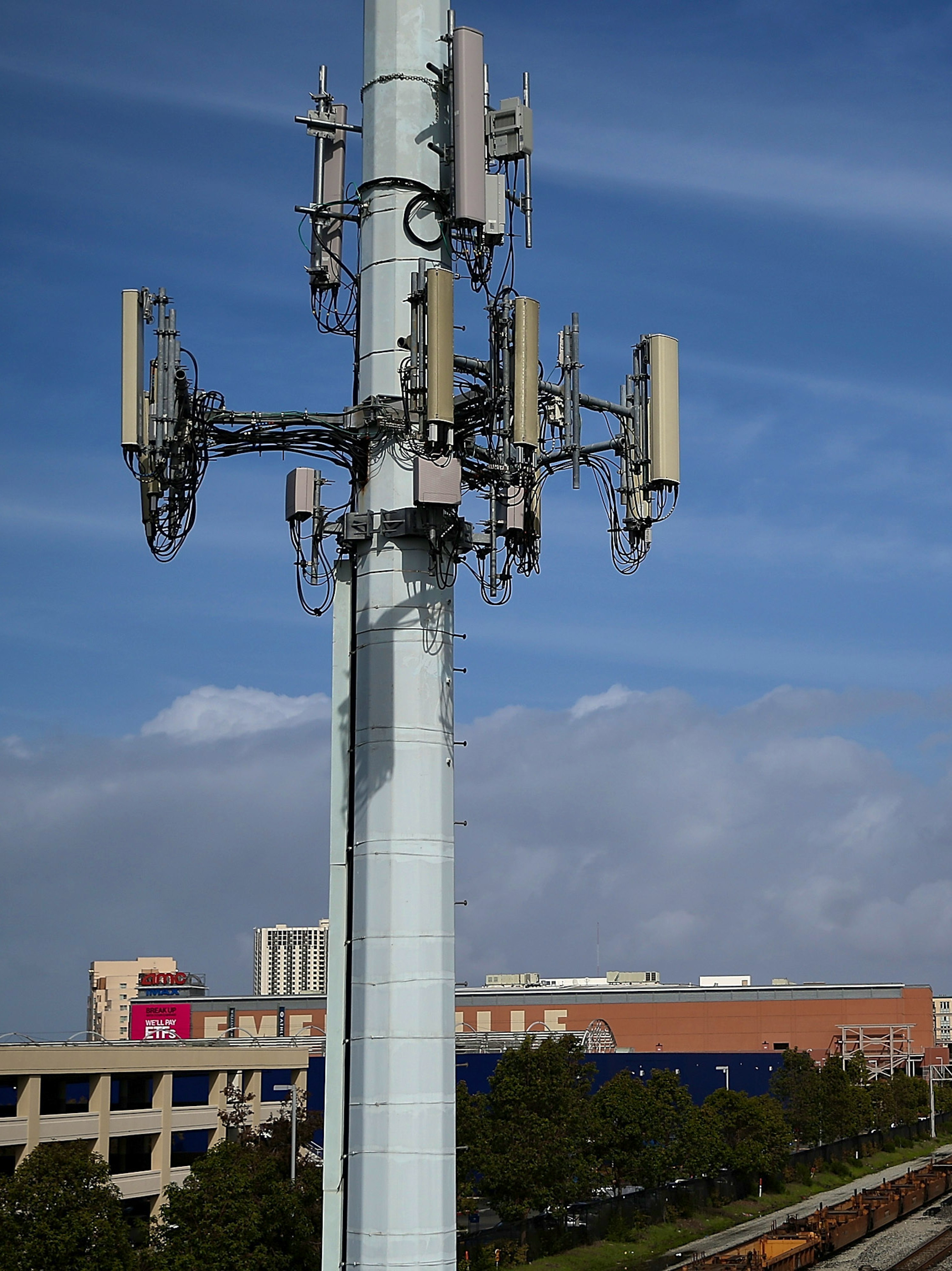If you've ever been through a town, you may have seen tiny 5G cell towers on the poles of street lights. Check over here look like little boxes however they're actually sending wireless signals from cellular providers to your mobile.
These smaller towers are replacing the larger, purpose-built cell towers. Although they're not as visible but they can still cause issues for users.
It is the Federal Communications Commission's Radiation Exposure Thresholds
The FCC's Radiation Exposure Thresholds determine the safe limit at which one can expose to electromagnetic energy from wireless devices. The exposure limits are based on scientific data that show that RF energy can be harmful to health.
The rate of absorption called the specific absorption rate (SAR) is an indication of the amount of radiofrequency energy taken up by tissues. It is typically 1.6 Watts per kilogram averaged over one gram of tissue.
But, since 5g operates at higher frequencies and has the potential to cause greater energy intensity on the skin and other exposed body areas. This could result in many possible harms, like the development of skin diseases such as dermatitis, cataracts and skin cancer.
Due to the possible harmful effects of radiation from 5G, PSU has chosen to establish a general, localized limits on power density, which is 4mW/cm2 measured across 1 centimeter, and never to exceed 30 minutes, for all 5G services running at 3000 GHz. This localized limit is consistent with the highest SAR that is spatially averaged at 1.6 W/kg, which is averaged over 1 5 grams of body tissue, at 6 GHz.
The FCC's Maximum Exposure Thresholds
If you've ever operated a cell phone, then you're aware that the safest distance from the tower is around 400 meters away. This is due to the transmitting power of a cell tower increases dramatically the further you are from it.
While this sounds like an ideal idea however, people who live close to towers could be more susceptible to health issues. For instance, a study conducted in 2014 in India found that residents who lived within 50 meters of cell towers experienced much more health problems than those living further away from the antennas.
However, this study also revealed that those who relocated to areas further away from cell towers noticed their symptoms return to normal within a few days. Other studies have demonstrated that exposure to extreme levels of radiofrequency electromagnetic fields (EMFs) can lead to brain tumors, cancer and other health issues.

This is because RF radiation, which is utilized in wireless communication, can penetrate the body's outer layer, the skin. It is crucial to know since the skin serves as a protective barrier against mechanical injury, infection from pathogenic microorganisms, as well as the entry of harmful substances. The skin is the largest organ in the human body and is accountable for maintaining the integrity of other organs.
The FCC's Minimum Exposure Thresholds
The FCC's Minimum Exposition Thresholds depend on several assumptions that are not supported by scientific research. These include the erroneous assumption that short-term exposures to RF radiation are safe because of the minimal penetration into the body (i.e. thermal heating of tissue).
Browse this site does not take into account the more extensive penetration of ELF components of modulated RF signals as well as the effects on the body of short bursts from pulsed RF waves. These assumptions are not in line with current understanding of the biological consequences of RF radiation. Therefore they shouldn't be considered for health protection exposure guidelines.
Additionally to that, ICNIRP and FCC are limiting their radiation limits for local peak SARs based on the maximum speed of spatial absorption (psSAR) which is an inadequate dosimetric tool to determine the degree of radiation exposure. Particularly, psSAR is inaccurate for frequencies above 6 GHz. Furthermore, psSAR has not been tested for https://greenberg-hauser.mdwrite.net/how-far-away-from-the-5g-mobile-system-for-anybody-who-is-1682757872 with co-exposure to other environmental agents such as sunlight. In the event of interactions, RF radiation and other environmental agents may produce synergistic or antagonistic effects. This could result in an increased risk of adverse health effects. For example, co-exposure to RF radiation and sunlight could cause an increase in the incidence of developing skin cancer, as well as aggravate other skin diseases such as acne.
